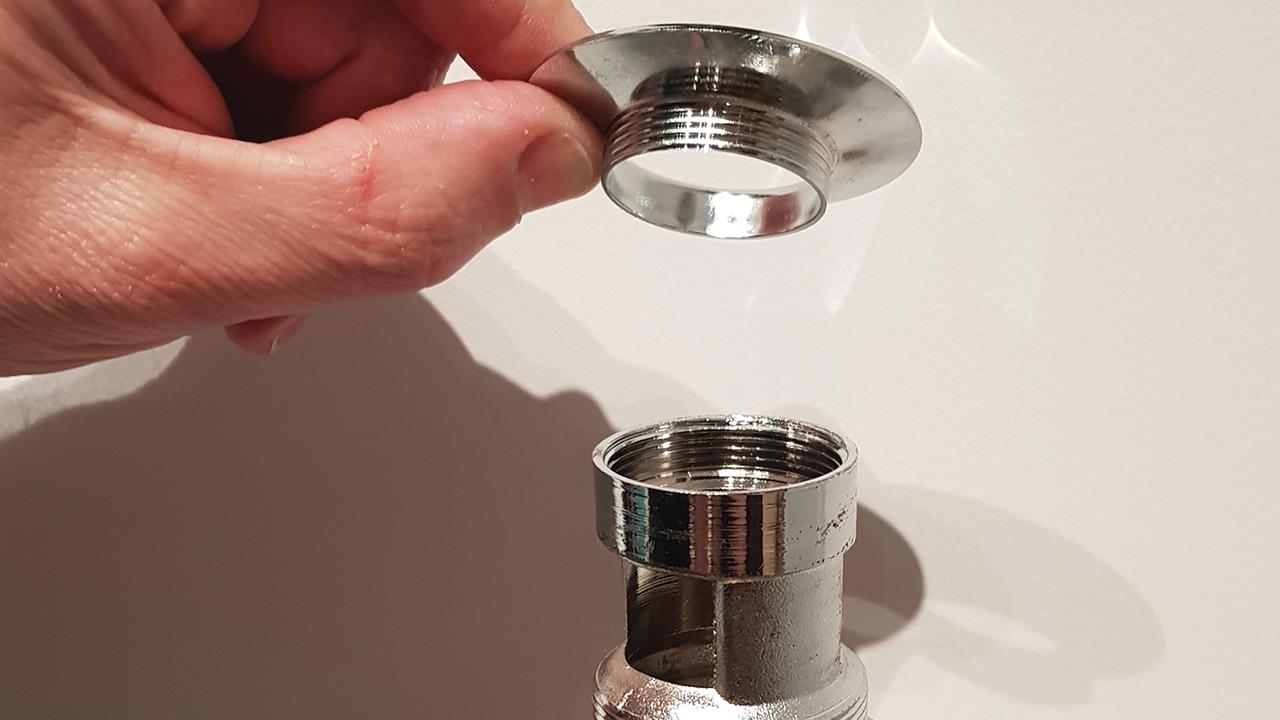

No plumber relishes the prospect of being called out to replace a leaking waste fitting, especially if it’s been installed for years. Over time, putties and sealants become rock solid, and invariably some sort of corrosion has set in, making what should be a relatively easy job into a potential nightmare.
Although some design traits between US and UK bath and basin waste fittings are similar, the method of assembly is quite different. Most baths, or ‘tubs’ as they are known across the pond, are either a drop-in design or an all-in-one arrangement. Drop-in refers to the fact that the tub literally drops into a tiled surround, giving the impression that the bath is sunken, while an all-in-one is a bath with a completely closed outer panel that is non-removable.
There are very few bath taps (or faucets as they are known) that fit onto the bath deck itself. Instead they are normally housed within a stud wall and consist of a recessed mixer valve that either discharges water through a single wall-mounted spout or fixed shower head. This arrangement means there is no necessity to have any supply pipework under the tub, hence why access underneath is not required. Of course, there is a waste to the bath, but is it very different to our familiar combined waste and overflow arrangement.
The waste pipe configuration is designed in such a way that, once installed, the only access that is sensibly available to the plumber is through the top side of the tub. The waste pipe is prefabricated prior to installation of the new tub, using approved materials that are either threaded iron, soldered, or mechanical copper fittings or extremely durable PVC or ABS (Acrylonitrile Butadiene Styrene). Regardless of the material, a part known as a shoe, comprising of an upward facing female threaded socket, is pushed tight up under the waste outlet hole of the tub.
The waste pipe is designed never to move, twist, or require any maintenance as it is virtually inaccessible once the tub is fitted. It is forbidden in most US states to use any non-metallic pipework under a tub that is not solvent welded, and that includes any traps. The waste fitting itself, normally chrome-plated, is basically a male threaded spigot with a flange that is screwed in from the top side, and has to rely on the fact that the pipework underneath is completely solid to prevent any unwanted distortion or spinning during the installation process.
Normally, the bottom of the chrome waste fitting has a cast cross that secures the pop up plunger. It is this cross that provides the anchor point to enable the use of a four-fingered ‘socket’ to rotate the fitting down to create a watertight seal. This all has to be assembled by quite a confident individual as there is no real way of checking for leaks afterwards, again because of the lack of access underneath.
While installing a new tub and waste assembly appears to be relatively straightforward, the challenging part is the making up of the pipework to align perfectly with the outlet in the tub. Most plumbers say that this involves a fair amount of trial and error, as well as patience, but most seem content with the way their codes dictate that they do it. Removing the waste fitting can be challenging too, especially if it has been in-situ for many years, but it seems on average that bathrooms are updated every 10 years, therefore chances are the waste fitting will last until the whole bathroom is ripped out again.
On the other hand, basin wastes are more similar to ours, the majority being pop up systems which appear virtually identical when assembled. However, once disassembled, they have one quite noticeable difference.
Instead of using a male threaded spigot/flange that screws down into a pop up assembly through the basin, the USA pop ups have a captive nut underneath travelling along a threaded sleeve that pushes up through the basin outlet from underneath. Then, a finely threaded flange screws down onto the top of the threaded sleeve, leaving the plumber to tighten up the captive nut until the whole assembly pulls the flange down snugly into the outlet of the basin.
Like the tub waste, removal can be a little tricky but slackening off the captive lower nut enables a set of pump pliers to grip the flange, and the whole assembly can be rotated to remove the flange. Then the complete assembly simply drops out from under the basin.
Arguably there are advantages and disadvantages to the types of waste fittings used in both countries. It probably boils down to the fact that neither methods are broken, so why try and fix them, proving that there is more than one way to skin a cat in this worldwide plumbing industry of ours.
If you'd like to keep up-to-date with the latest developments in the heating and plumbing industry, why not subscribe to our weekly newsletters? Just click the button below and you can ensure all the latest industry news and new product information lands in your inbox every week.